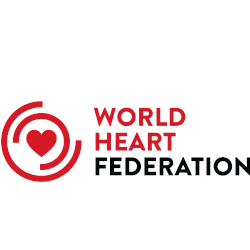Research
Atherosclerosis in children and young adults: An overview of the World Health Organization and International Society and Federation of Cardiology study on Pathobiological Determinants of Atherosclerosis in Youth study (1985–1995)
Abstract
Background and methods Atherosclerosis begins in early in life, however, observations on the association of risk factors with atherosclerosis in childhood are limited. This multi-institutional study investigated 1277 subjects 5–34 years of age who had died from trauma. The pilot study covered 18 centers from 15 countries while the main study covered 11 centers in 11 countries.
Results About 87% of the aortas and 30% of coronary arteries in the youngest age group (5–14 years) had fatty streaks. The mean percent intimal surface with fatty streaks increased from 5 to 34 years, and raised lesions increased with age in the aorta and right coronary artery.
Differences in development and progression of atherosclerosis in different parts of the arterial system suggest possible importance of haemodynamic and other forces apart from risk factors in pathogenesis of atherosclerosis beginning at a very early age.
Recognized risk factors for coronary heart disease are associated with lesion development and progression in the arteries of youth, already affecting coronary arteries and the aorta during the second and third decades of life and possibly earlier. Some risk factors affect one lesion type or one arterial segment more than another; Smoking and diabetes appears to be of particular importance in coronary arteries and the abdominal aorta, while hypertension increases risk of accelerated atherosclerosis in all parts of the arterial system.
Conclusions These findings provide strong justification for primary prevention of CHD in children and youth to prevent atherosclerosis and its clinical manifestations of coronary artery disease later in life.


